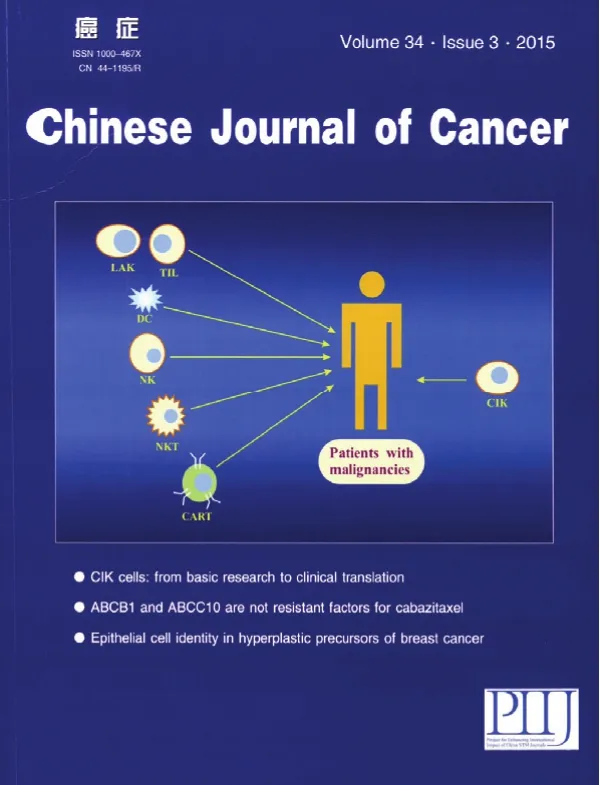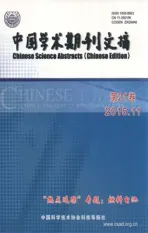肿瘤学
2015-10-31
肿瘤学

来源出版物:Chinese Journal of Cancer, 2015, 34(3): 99-107联系邮箱:Weidong Han, hanwdrsw@sina.com
封面介绍:Cytokine-induced killer (CIK)cells are a heterogeneous cell population that was first discovered in the 1990s and can be generated from lymphocytes co-cultured with an anti-CD3 antibody and many other cytokines in vitro. Given the ongoing investigations of CIK cell-based ACI, this regimen has potentially widespread application prospects in the clinic for most types of cancer. CIK cells have become the main adoptive immunotherapeutic cells because of their particular biological characteristics and have been demonstrated to exert their therapeutic function in various malignancies except T-cell lymphoma. Additionally, numerous clinical trials have suggested that some existing regimens using CIK cells can enhance the clinical curative effects on malignant diseases. (The original cover art is provided by Yelei Guo and Weidong Han.)
Cytokine-induced killer (CIK)cells: from basic research to clinical translation
Yelei Guo, Weidong Han
The accumulation of basic researches and clinical studies related to cytokine-induced killer (CIK)cells has confirmed their safety and feasibility in treating malignant diseases. Thisreview summarizes the available published literature related to the biological characteristics and clinical applications of CIK cells in recent years. A number of clinical trials with CIK cells have been implemented during the progressive phases of cancer, presenting potential widespread applications of CIK cells for the future. Furthermore, this review briefly compares clinical applications of CIK cells with those of other adoptive immunotherapeutic cells. However, at present, there are no uniform criteria or large-scale preparations of CIK cells. The overall clinical response is difficult to evaluate because of the use of autologous CIK cells. Based on these observations, several suggestions regarding uniform criteria and universal sources for CIK cell preparations and the use of CIK cells either combined with chemotherapy or alone as a primary strategy are briefly proposed in this review. Large-scale, controlled, grouped, and multi-center clinical trials on CIK cell-based immunotherapy should be conducted under strict supervision. These interventions might help to improve future clinical applications and increase the clinical curative effects of CIK cells for a broad range of malignancies in the future.
Cytokine-induced killer cells; Immunotherapy; Antitumor effect; Cancer therapy; Clinical trials
